The machine technology of laminate profiling was new to me in 2003, as I had previously dealt professionally with 5-axis contour machining, in which the machining tools are at a constant angle (usually 90°) to the 3D-formed surface. Now at CLASSEN I was "only" responsible for the production of rectangular planks with tongue and groove, i.e. from five axes back to two axes, but at more than ten times the production speed and with a precision that was higher than the general tolerance of metalworking. Tape measures and folding rules were out of place here, it was a matter of two decimal places.
At that time, the laminate plank was transported past the rotating professional milling tools by means of precisely guided chains. But the transport chain was limited in its feed rate due to the mass forces, and with it the machine's output. How could the chain be replaced as a means of transport in order to produce at higher feed rates?
The solution initially lay in air cushion technology, which we have been using since 2005. Here, the plank is guided through the milling machine on a so-called air beam, a machine body equipped with air nozzles. To ensure that the laminate planks run exactly straight, they are guided on a guide blade. This blade is precisely adjusted by laser and thus guarantees an exact straight run of the laminate planks. CLASSEN in Baruth was the first laminate flooring manufacturer in the world to integrate this guide blade not in the middle of the back of the plank, but at the edge of the plank near the click profile. Such technological innovations only succeed when there is a trusting relationship characterised by partnership between the machine manufacturer, tool supplier and laminate producer. Incidentally, this is also a reason why I still enjoy working at CLASSEN today.
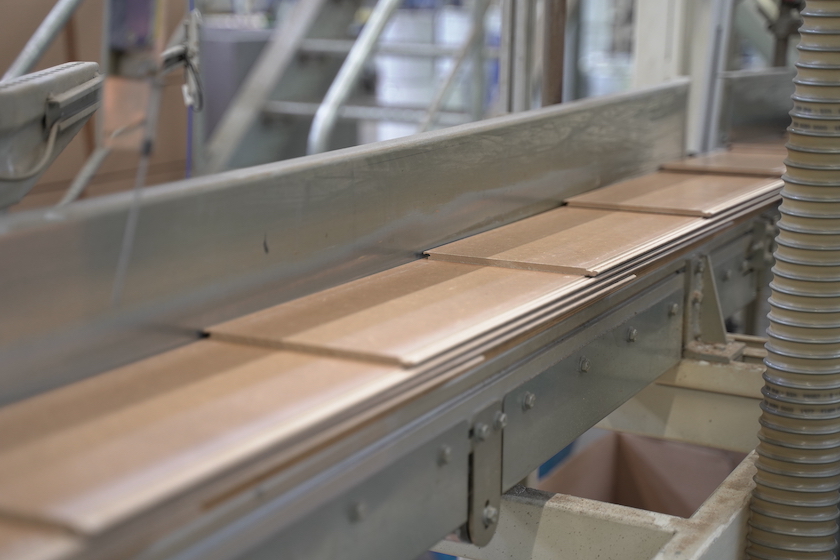
However, it soon became apparent that the air cushion technique had reached its limits with the increasing number of deeply structured laminate surfaces. These high-low structures simply did not allow an air cushion to build up and contact with the air beam made the plank surface unattractively shiny. Since 2006, we at CLASSEN have therefore been using (virtually massless) transport belts, which in turn are guided on an air cushion. With these transport belts, feed speeds of up to 350 m/min can be achieved - twice the speed of the chain machine previously used.
The machine concept was in place, but we were still not satisfied with the output. We, that was first and foremost Carsten Buhlmann, our managing director at CLASSEN Industries in Baruth, who consistently drove the project forward from the very beginning, the department manager David Schumann and yours truly as the technologist. Because the laminate production concept at the time consisted of integrated lines: profile milling, mini-bevel lacquering, impact sound application and packaging were all integrated in one line. From the raw plank to the ready-packed laminate box stacked on a pallet, all work steps were arranged one after the other in one production line.
The consequence: if one component of the line failed, the entire production line came to a standstill. What was that again about the addition law of probability? If each of three system components has an availability of 80% on its own, the availability of the entire system is only about 50%. Clearly too little.
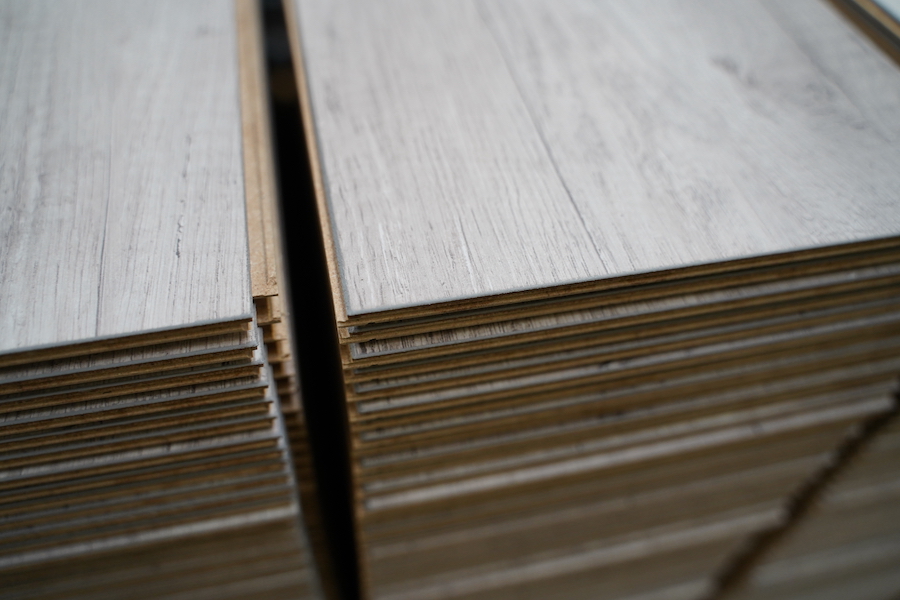
And again, CLASSEN was a pioneer: we were the first laminate producer in the world to separate profiling and packaging of the laminate planks. Since 2013, we have consistently switched from series production (according to which all work steps take place in one production line) to group production. Only the workstations and machines required for profiling and lacquering are now grouped together. The application of the footboard and the packaging of the planks are only carried out in the next production step. So the boards are first profiled, then they go into a fully automatic intermediate storage area and are finally packed according to the customer's specifications. This means that even small batch sizes can be produced efficiently, plant availability increases and set-up times are minimised. We ourselves were surprised by the increase in performance of our production facilities.
Natürlich ist es nicht nur wichtig, dass wir mit unserer Maschinentechnik zufrieden sind, sondern es ist noch wichtiger, dass die Kunden von unseren Produkten überzeugt sind. Deshalb haben wir unsere Laminatböden immer wieder mit innovativen Neuerungen versehen und produzieren seit 2006 ein patentiertes Kopfkantenprofil. Bei diesem Schnellverlegesystem Megaloc wird jede einzelne Diele durch Absenken sicher in der nächsten verriegelt. Der Erfolg unserer Produkte ist auch ein Stück weit diesem Verlegesystem geschuldet, denn dadurch wird die Installation nicht nur einfacher, sondern auch wesentlich schneller. Damit unser Laminat sogar in Feuchträumen verlegt werden kann, entwickelte unser Team dieses Verlegesystem weiter und machte es 24 Stunden für Feuchtigkeit undurchdringbar – Megaloc aqua protect war geboren.
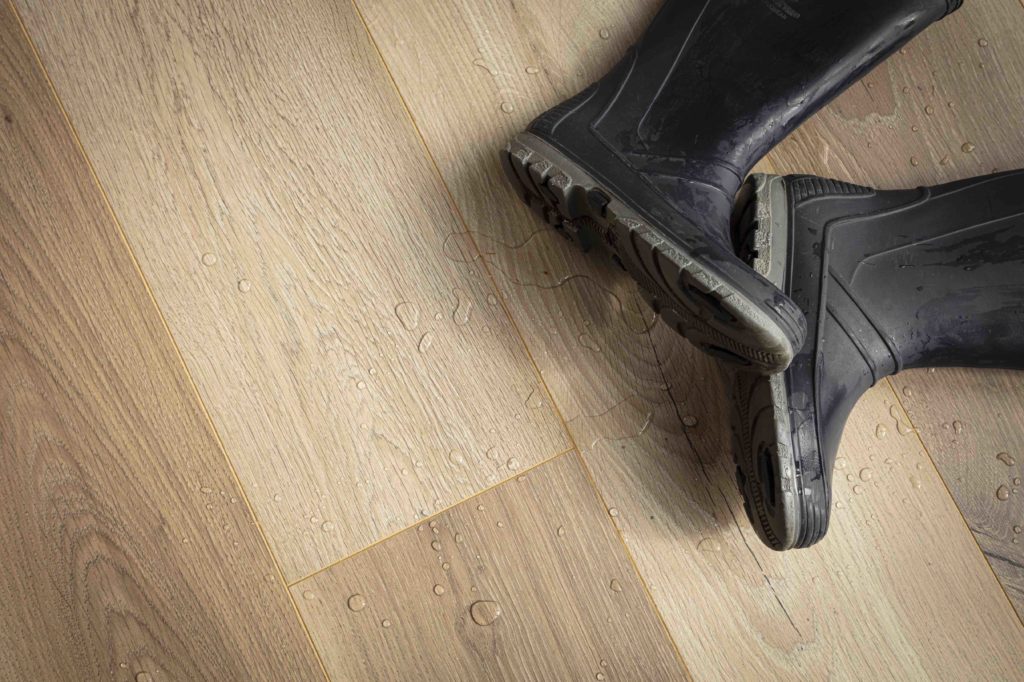
However, this also suddenly increased the precision requirements for profile milling. We reacted with completely new tool concepts, electronically controlled drives and automatic measurement of the profiles directly on the production line. Based on calculated measured values, we can draw conclusions about the process capability of the production machines and correct machine settings before quality problems occur. Industry 4.0 will increasingly find its way into the laminate industry, and we are happy to take on this challenge. The next few years will also be exciting....

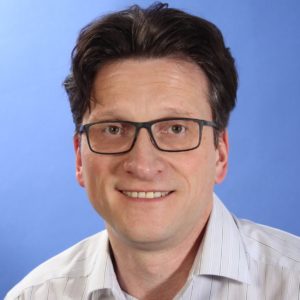
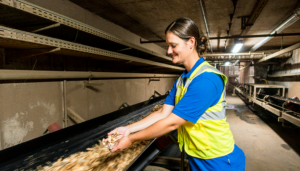
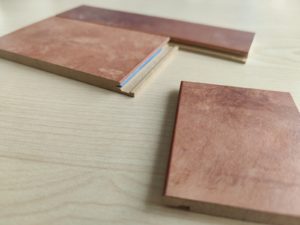
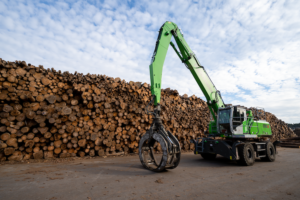
One Response
Hallo Andreas mach weiter so und habe noch viel Spaß beim Probleme lösen. Das gilt natürlich auch für deine Kollegen.
Gruß Erich